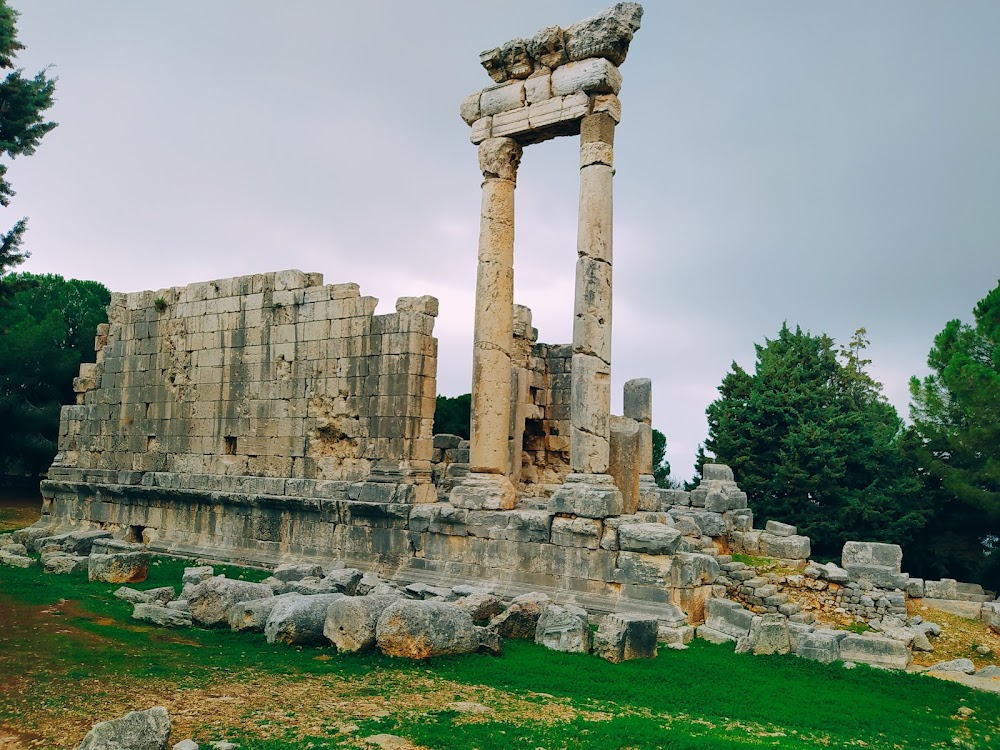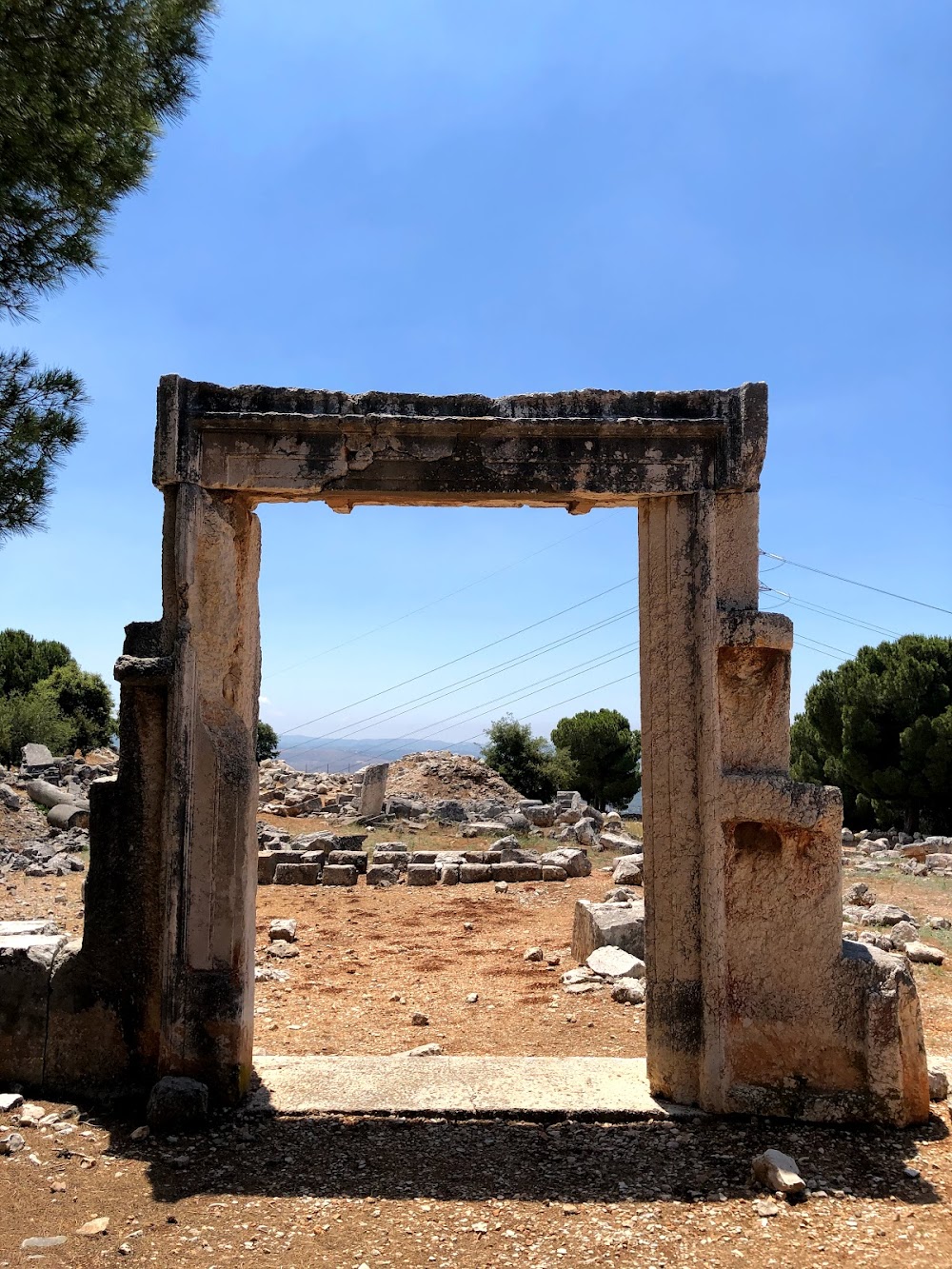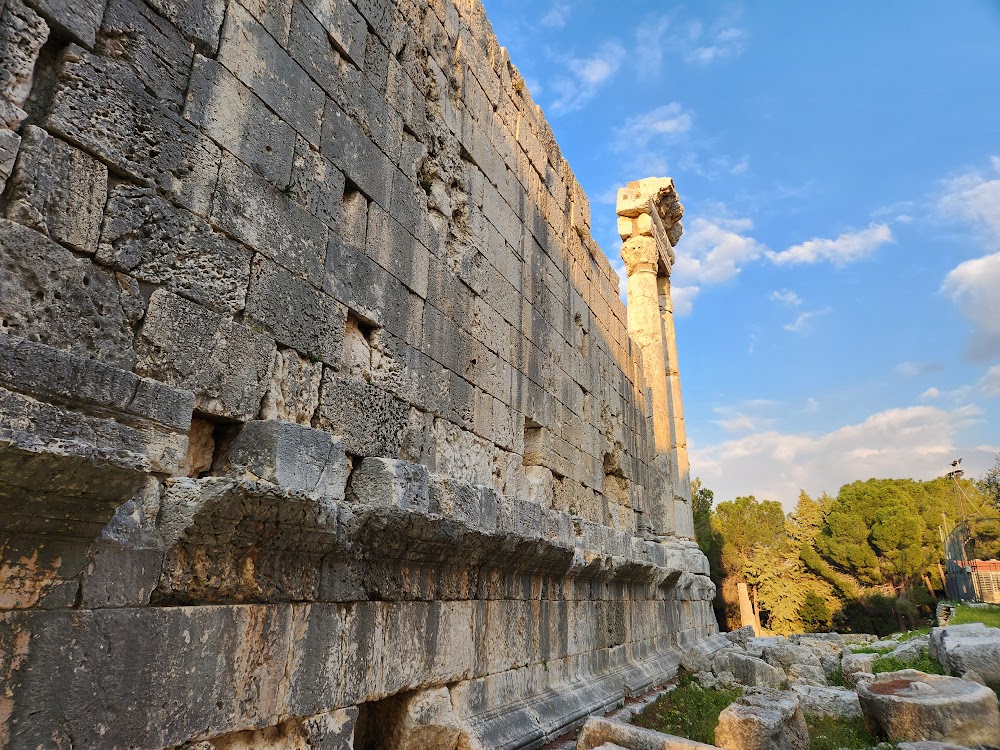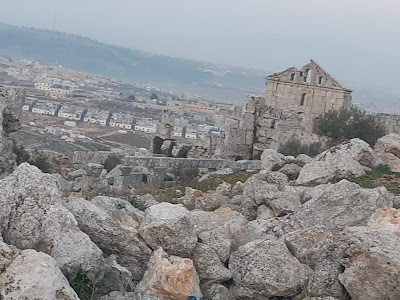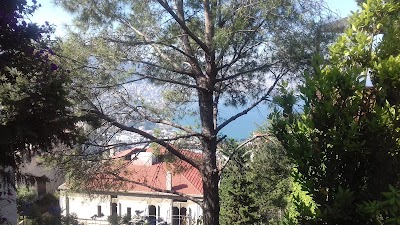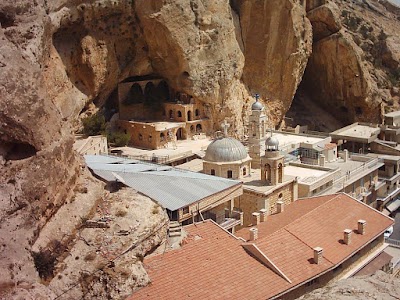Qasr Naous (قصر ناوس)
Overview
Naous Roman Temple, also known as Qasr Naous, is a breathtaking ancient site nestled in the Akkar region of Lebanon. Dating back to the 2nd century AD, this historic temple showcases the architectural brilliance of the Roman Empire at its height, when its influence spanned across the Mediterranean.
Historical Significance
Originally constructed as a place of worship, the temple was dedicated to the Roman deities, with Jupiter, the king of the gods, likely being the primary focus. Its strategic location offers stunning views of the surrounding fertile plains and valleys, enhancing its spiritual significance and commanding presence in the landscape.
Architectural Marvel
Crafted from finely cut limestone blocks, the Naous Roman Temple features quintessential elements of Roman architecture. The builders employed local materials and expert craftsmanship to ensure durability, utilizing techniques such as ropes and pulleys to transport massive stone blocks. Skilled masons meticulously carved each block, achieving a perfect fit without modern cement or mortar.
The temple boasts a rectangular floor plan, with a classic portico supported by columns that showcase the ornate Corinthian order, adorned with intricate acanthus leaves. The main chamber, or cella, was designed to house statues of the gods and was accessible through a grand entrance aligned with the rising sun, symbolizing hope and divinity.
Faded Grandeur
While the roof has largely succumbed to the ravages of time, it is believed to have originally been a pitched wooden structure covered with terra cotta tiles, often decorated with symbols reflecting Roman culture. The interior walls were once adorned with vibrant frescoes and carvings depicting scenes from mythology and daily life, though much of this artwork has eroded away.
Surrounding Structures
The area surrounding Qasr Naous included ancillary structures and altars, also made from limestone, where various ceremonies and offerings were conducted. Sacrifices were an integral part of Roman religious practices, and the layout of these structures reveals a well-organized site that served both the elite and ordinary people.
Historical Evolution
Over the centuries, the Naous Roman Temple experienced various phases of use and abandonment. During the Byzantine era, it may have been repurposed for Christian worship before falling into disuse as the region's political and religious dynamics shifted. The temple has endured numerous challenges, including earthquakes, invasions, and natural erosion, with local inhabitants often scavenging materials from the ruins for their own constructions.
Preservation Efforts
Today, archaeologists and historians are dedicated to preserving what remains of the Naous Roman Temple. Restoration efforts focus on stabilizing the remaining structures and conducting detailed studies to gain insights into ancient Roman architectural methods and religious practices. These initiatives aim to keep the temple's rich history alive for future generations.
Visitors to the Naous Roman Temple can marvel at the remnants of this ancient marvel, imagining the grandeur it once held and its significance in the lives of the Romans who worshipped there. The site stands as a testament to human ingenuity and highlights Lebanon’s deep historical roots and diverse cultural heritage.


